Taming a woodland - Am I Nuts?
achnatherum
16 years ago
Related Stories
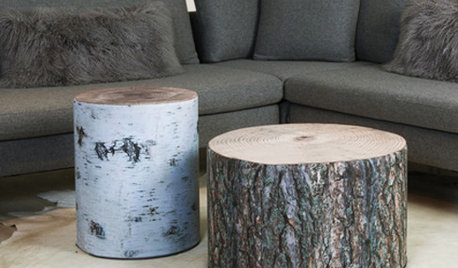
PRODUCT PICKSGuest Picks: Woodland Friends Roam Through Decor
Fake a forest in your foyer — or living room or bedroom — with fox, mushroom and faux-bois accents
Full Story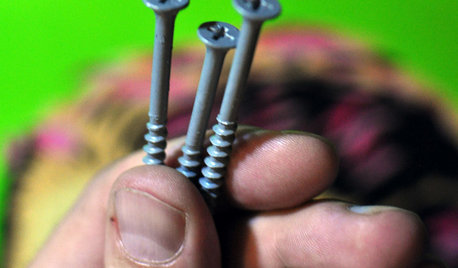
DIY PROJECTSThe Taming of the Screw
Learn the different types and uses of screws to pick the right kind for your next DIY or home improvement project
Full Story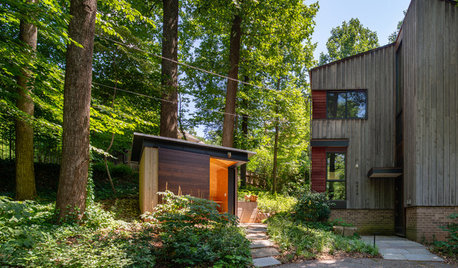
OUTBUILDINGSStylish Shed Sits in a Woodland Garden Made to Slow Runoff
Surrounded by a native garden and a bluestone patio, this contemporary outbuilding combines style with function
Full Story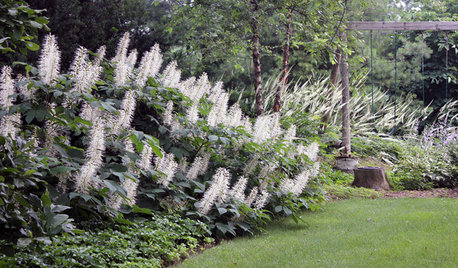
GARDENING GUIDESGreat Design Plant: Aesculus Parviflora
Just like July fireworks, bottlebrush buckeye will light up southeastern U.S. woodland gardens
Full Story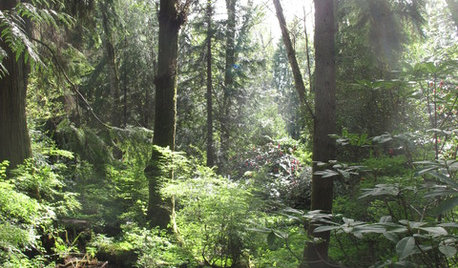
GARDENING AND LANDSCAPINGGarden Lessons from a Grand Northwest Reserve
Borrow classic landscape ideas from this Washington state treasure, a series of gardens as thoughtfully planned as they are spacious
Full Story
GARDENING FOR BUTTERFLIESGardening for the Bees, and Why It’s a Good Thing
When you discover how hard bees work for our food supply, you may never garden without them in mind again
Full Story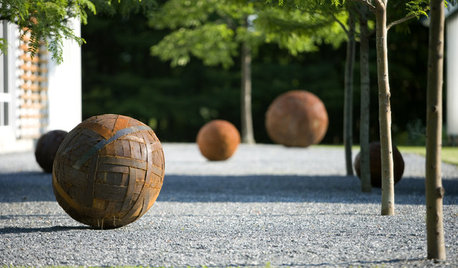
LANDSCAPE DESIGNWhat Kind of Gardener Are You? Find Your Archetype
Pick from our descriptions to create a garden that matches your personality and tells your story
Full Story
GARDENING FOR BUTTERFLIES3 Ways Native Plants Make Gardening So Much Better
You probably know about the lower maintenance. But native plants' other benefits go far beyond a little less watering and weeding
Full Story
HOLIDAYSThe Case for Simplifying Christmas Decorations
When decking the halls becomes more of a job than a joy, it’s time to focus on what matters most
Full Story
ORGANIZINGStorage Tricks for Those Who Love Their Stuff
Get ideas for clearing the decks without getting rid of all the lovely things you want to keep around
Full StoryMore Discussions







bob64
achnatherumOriginal Author
Related Professionals
Saint Louis Park Landscape Architects & Landscape Designers · Damascus Landscape Contractors · East Lake-Orient Park Landscape Contractors · El Segundo Landscape Contractors · Eustis Landscape Contractors · Fort Hunt Landscape Contractors · La Verne Landscape Contractors · South Lake Tahoe Landscape Contractors · Uxbridge Landscape Contractors · Wailuku Landscape Contractors · Agoura Hills Fence Contractors · Ken Caryl Fence Contractors · Manorville Fence Contractors · Oak Creek Fence Contractors · San Antonio Siding & Exteriorsgbronner
cynandjon
bob64
achnatherumOriginal Author
jclark42
sweets98
achnatherumOriginal Author
davidl_ny5
achnatherumOriginal Author
davidl_ny5
playsinthedirt20
terryr
laurabs
achnatherumOriginal Author
smilingtulip
Iris GW
leslies
smilingtulip
achnatherumOriginal Author
yardmom
arcy_gw
brenda_near_eno